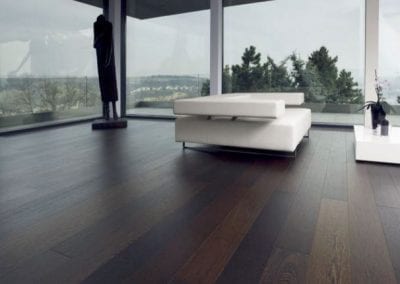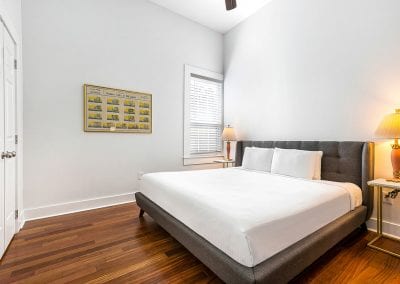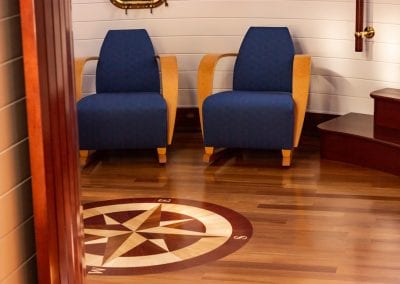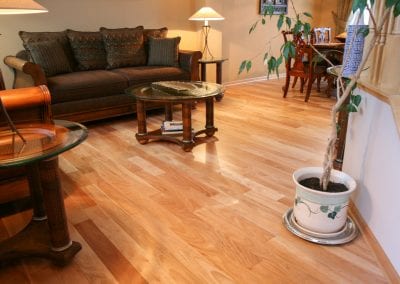Exotics
Exotic hardwood is simply wood that is sourced outside of North America. Most exotic species are imported from South America (especially Brazil), the Caribbean, Australia, Africa and Asia. Exotic wood species are especially durable, dent resistant and rank high on the Janka hardness scale. This makes them ideal for high-traffic areas such as entrances and hallways. Above all, exotic wood is known for its natural beauty, no staining required! Colors are dramatic and rich, with striking and unique grain patterns.
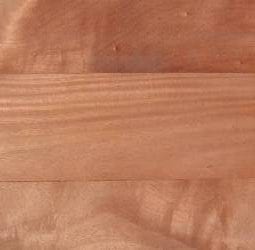
Amendoim
Also known as Pterogyne nitens
Specifications
Widths: 3″, 4″ and 5″
Color Properties: Heartwood Color: Reddish Brown; Sapwood Color: Yellowish Brown
Texture: Medium
Characteristics: Dark Striping
Packaging: Packed in nested bundles.
Finish: Unfinished
Grades: Clear, Select, and Better
Hardness: 1340
Stability: 6.0
Working Properties: Rather easily
Durability: Fairly durable
Family: Leguminosae
Origin: South America
The wood photographs on this website cannot accurately represent actual color or appearance of the wood due to the differences in the way monitors render images.
References:
2004 National Wood Flooring Association “Wood Species Used In Wood Flooring”, Revised Edition
“The Wood Database” content used with permission.
“Tropical Timbers of the World”, Forest Products Lab, Madison, WI, 1984
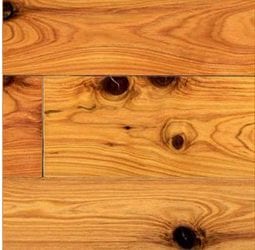
Australian Cypress
Also known as Callitris Glauca
Specifications
Widths: 3 1/4″, 4 1/4″ and 5 1/4″
Color Properties: Heartwood Color: Honey Golden to Brown; Sapwood Color: Cream to Straw
Texture: Fine
Characteristics: Dark Knots
Packaging: Packed in nested bundles.
Finish: Unfinished and Prefinished
Grades: Rustic / Character
Hardness: 1375
Stability: 2.8%
Working Properties: Moderate
Durability: The hardest of softwoods
Family: Cupressaceae
Origin: New South Wales, Australia and Queensland
The wood photographs on this website cannot accurately represent actual color or appearance of the wood due to the differences in the way monitors render images.
References:
2004 National Wood Flooring Association “Wood Species Used In Wood Flooring”, Revised Edition
“The Wood Database” content used with permission.
“Tropical Timbers of the World”, Forest Products Lab, Madison, WI, 1984
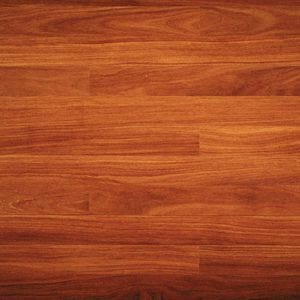
Brazilian Cherry
Also known as Hymenaea Courbaril
Specifications
Widths: 2-1/4” to 5”
Color Properties: Heartwood Color: Salmon Red to Russett ; Sapwood Color: Gray-white
Texture: Medium to Coarse
Characteristics: Dark Streaks
Packaging: Packed in nested bundles.
Finish: Unfinished and Prefinished
Grades: Clear Grade, Select & Better, #1 Common
Hardness: 2350 – 3290
Stability: 8.5
Working Properties: Moderate
Durability: Extremely durable
Family: Leguminosae
Origin: Central and South America
The wood photographs on this website cannot accurately represent actual color or appearance of the wood due to the differences in the way monitors render images.
References:
2004 National Wood Flooring Association “Wood Species Used In Wood Flooring”, Revised Edition
“The Wood Database” content used with permission.
“Tropical Timbers of the World”, Forest Products Lab, Madison, WI, 1984
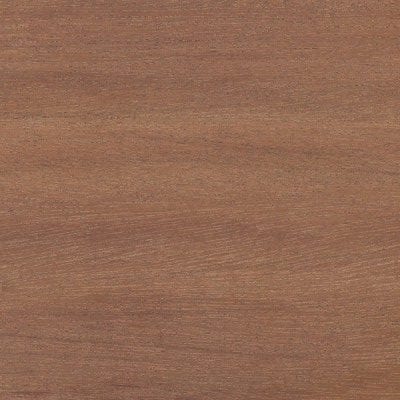
Cumaru
Also known as Brazilian Teak, Southern Chestnut, Dipteryx odorata
Specifications
Widths: 2-1/4”, 3-1/4”, 4”, and 5”
Color Properties/Characteristics: Fresh heartwood is reddish brown or purplish brown with light yellowish-brown or purplish streaks; upon exposure to sunlight gradually becomes light brown or yellowish brown. Sapwood is distinct, narrow, yellowish brown. Luster rather low to medium; texture fine; grain interlocked, waxy or oily fell, taste not distinctive but may have a vanilla-like or rancid odor.
Texture: Fine
Packaging: Packed in nested bundles
Finish: Unfinished
Grades: Clear/Select & Better
Hardness: 3540
Stability: 7.6%
Working Properties: The wood is difficult to saw and bore; where severely interlocked grain is not present, the wood planes to a smooth surface. Because of its high density and oily nature, the wood glues poorly.
Family: Leguminosae
Origin: South America
The wood photographs on this website cannot accurately represent actual color or appearance of the wood due to the differences in the way monitors render images.
References:
2004 National Wood Flooring Association “Wood Species Used In Wood Flooring”, Revised Edition
“The Wood Database” content used with permission.
“Tropical Timbers of the World”, Forest Products Lab, Madison, WI, 1984
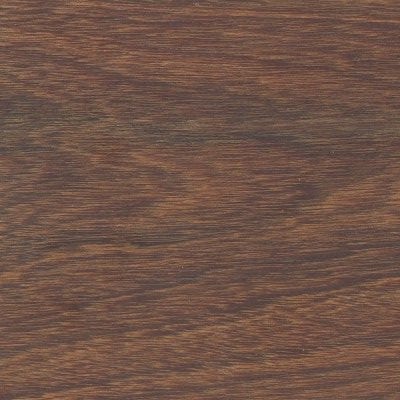
Ipé
Also known as Tabebula spp.
Specifications
Widths: 2-1/4”, 3-1/4”, 4”, 5” and Various sizes in decking
Color Properties: Heartwood olive brown to blackish, often with lighter or darker striping, often covered with a yellow powder, sharply demarcated from the whitish or yellowish sapwood
Texture: Fine to medium
Characteristics: Luster low to medium, grain straight to very irregular, rather oily looking, without distinctive odor or taste
Packaging: Packed in nested bundles or like lengths
Finish: Unfinished
Grades: Clear/Select & Better
Hardness: 3060
Stability: 8.0%
Working Properties: Moderately difficult to work, especially with hand tools, has a blunting effect on cutting edges
Family: Bignoniaceae
Origin: South America
The wood photographs on this website cannot accurately represent actual color or appearance of the wood due to the differences in the way monitors render images.
References:
2004 National Wood Flooring Association “Wood Species Used In Wood Flooring”, Revised Edition
“The Wood Database” content used with permission.
“Tropical Timbers of the World”, Forest Products Lab, Madison, WI, 1984
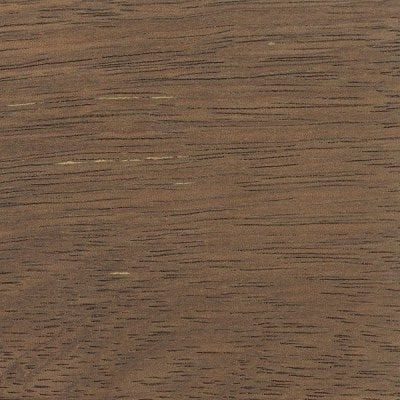
Merbau
Specifications
Widths: 3-1/4” and 5-1/4”
Color Properties/Characteristics: Heartwood yellowish to orange brown when freshly cut, turning brown or dark red brown on exposure to sunlight; sapwood pale yellow to light buff, sharply demarcated from the heartwood. Grain straight to interlocked or wavy, luster is variable, has a characteristic odor why dry material is worked, and an astringent taste.
Texture: Rather coarse
Packaging: Packed in nested bundles
Finish: Unfinished
Grades: Clear/Select & Better
Hardness: 1925
Stability: 4.6%
Working Properties: Rather difficult to saw because of gumming of teeth and dulling cutting edges, dresses smoothly in most operations, finishes well. Stains black in the presence of iron or moisture.
Family: Leguminosae
Origin: South America
The wood photographs on this website cannot accurately represent actual color or appearance of the wood due to the differences in the way monitors render images.
References:
2004 National Wood Flooring Association “Wood Species Used In Wood Flooring”, Revised Edition
“The Wood Database” content used with permission.
“Tropical Timbers of the World”, Forest Products Lab, Madison, WI, 1984
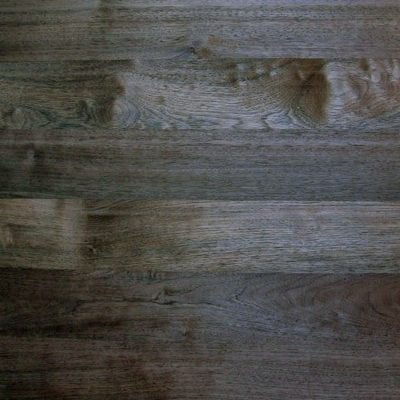
Peruvian Walnut
Also known as Juglans spp.
Specifications
Widths: Various in feature strip and flooring
Color Properties: Heartwood color: Chocolate brown and generally darker than the North American Walnut, sometimes with a purplish cast; Sapwood Color: Sharply demarcated whitish color
Texture: Rather Coarse
Characteristics: Grain straight to irregular
Packaging: Packed in like lengths
Finish: Unfinished
Grades: Clear, Select, and Better
Hardness: 1020
Stability: 2.8%
Working Properties: The wood works well
Family: Juglandaceae
Origin: Peru, Ecuador, and Colombia
The wood photographs on this website cannot accurately represent actual color or appearance of the wood due to the differences in the way monitors render images.
References:
2004 National Wood Flooring Association “Wood Species Used In Wood Flooring”, Revised Edition
“The Wood Database” content used with permission.
“Tropical Timbers of the World”, Forest Products Lab, Madison, WI, 1984
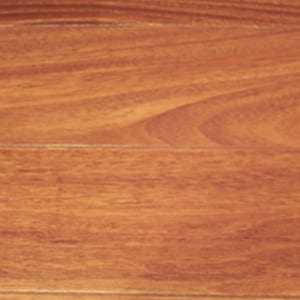
Santos Mahogany
Specifications
Widths: 3-1/4” to 5”
Color Properties: Heartwood Color: Dark Reddish Brown; Sapwood Color: White
Texture: Very Fine
Characteristics: Uniformed Dark Stripings
Packaging: Packed in nested bundles.
Finish: Unfinished and Prefinished
Grades: Clear Grade, Select & Better
Hardness: 2200
Stability: 6.2
Working Properties: Moderately Difficult
Durability: Extremely durable
Family: Leguminosae
Origin: Central and South America
The wood photographs on this website cannot accurately represent actual color or appearance of the wood due to the differences in the way monitors render images.
References:
2004 National Wood Flooring Association “Wood Species Used In Wood Flooring”, Revised Edition
“The Wood Database” content used with permission.
“Tropical Timbers of the World”, Forest Products Lab, Madison, WI, 1984
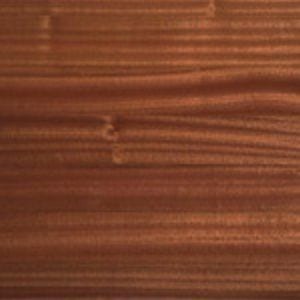
Sapele
Also known as Entandorphragma Cylindricum
Specifications
Widths: Various as custom orders
Color Properties: Heartwood Color: Medium to Fairly Dark Brown to Purplish; Sapwood Color: Whitish or Pale Yellow
Texture: Rather Fine
Characteristics: Texture rather fine, grain interlocked, sometimes wavy, producing a narrow, uniform, roe figure on quartered surfaces
Packaging: Packed in like lengths
Finish: Unfinished
Grades: Clear
Hardness: 1500
Stability: 7.4
Working Properties: Fairly Easy
Durability: Moderately Durable
Family: Meliaceae
Origin: Africa
The wood photographs on this website cannot accurately represent actual color or appearance of the wood due to the differences in the way monitors render images.
References:
2004 National Wood Flooring Association “Wood Species Used In Wood Flooring”, Revised Edition
“The Wood Database” content used with permission.
“Tropical Timbers of the World”, Forest Products Lab, Madison, WI, 1984
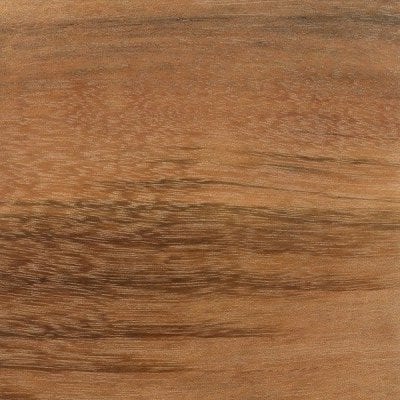
Tigerwood
Also known as Goncalo Alves, or Astronium graveolens
Specifications
Widths: 2-1/4”, 3-1/4”, 4”, and 5”
Color Properties/Characteristics: When fresh, the heartwood is russet brown, orange brown, or reddish brown to red with narrow irregular stripes of medium to very dark brown. After exposure it becomes brown, red, or dark reddish brown with nearly black stripes. The dingy grayish or brownish-white sapwood, 2” to 4” wide, is sharply demarcated. Grain is variable, straight to roey; texture fine to medium, uniform, no distinctive odor or taste. The wood often has striking figure caused by irregular dark longitudinal bands.
Texture: Fine to medium
Packaging: Packed in nested bundles
Finish: Unfinished
Grades: Clear/Select & Better
Hardness: 1910Stability: 7.6%
Working Properties: It is not difficult to work in spite of its high density, finishes very smoothly, and takes a high polish. The wood weathers well and is highly resistant to moisture absorption. It is reported to be difficult to glue.
Family: Anacardiaceae
Origin: South America
The wood photographs on this website cannot accurately represent actual color or appearance of the wood due to the differences in the way monitors render images.
References:
2004 National Wood Flooring Association “Wood Species Used In Wood Flooring”, Revised Edition
“The Wood Database” content used with permission.
“Tropical Timbers of the World”, Forest Products Lab, Madison, WI, 1984
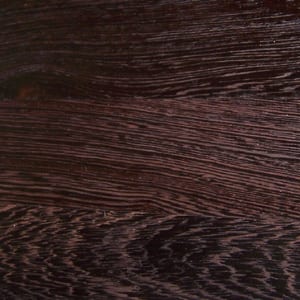
Wenge
Also known as Millettia ssp.
Specifications
Widths: 2 1/4″, 3″, 4″ and 5″
Color Properties: Heartwood Color: Dark Brown almost Black; Sapwood Color: Yellowish White
Texture: Rather Coarse
Characteristics: Alternate Layers of Light and Dark
Packaging: Packed in nested bundles.
Finish: Unfinished
Grades: Clear Grade, Select & Better
Hardness: 1630
Stability: 5.8
Working Properties: Somewhat Difficult
Durability: Very durable
Family: Leguminosae
Origin: Africa
The wood photographs on this website cannot accurately represent actual color or appearance of the wood due to the differences in the way monitors render images.
References:
2004 National Wood Flooring Association “Wood Species Used In Wood Flooring”, Revised Edition
“The Wood Database” content used with permission.
“Tropical Timbers of the World”, Forest Products Lab, Madison, WI, 1984
Get in Touch
Wood species from around the world are beautiful! Let us know if you have questions about these or any other exotic hardwoods.

